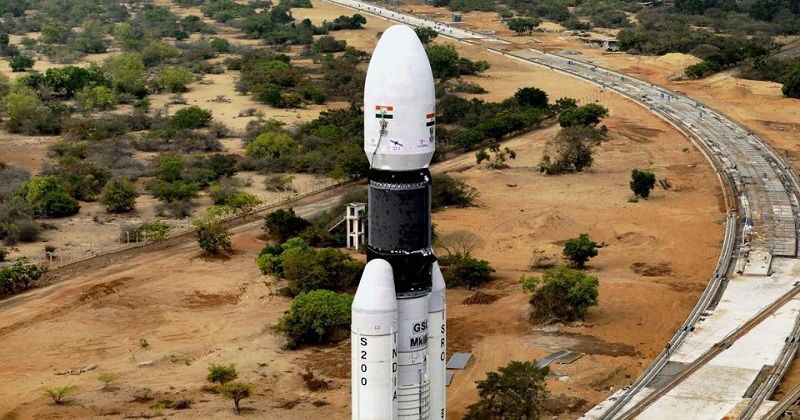
Here’s the list of India’s top 10 satellites
The Indian Regional Navigation Satellite System (IRNSS)
The IRNSS satellite is an improved navigation system and is available only in India. It was launched on April 4, 2014 from the Sriharikota Space Station. Using IRNSS, we get information about time, disasters such as tsunami, vehicle movement and fleet movement. It provides navigation for hikers, travellers and sailors.
The Mangalyaan
A first of its kind in Asia, the Mangalayan is the most anticipated programme of the Indian space department. The Mars orbiter mission was launched on November 5, 2013 to explore and study the Martian atmosphere.
INSAT–3D
The INSAT–3D is a next generation weather satellite from ISRO launched on July 26, 2013. Its aims are improved meteorological information, monitoring land and water surfaces for changes in atmospheric temperature, humidity and pressure.
Satellite with ARgos and ALtika (SARAL)
The SARAL satellite is a joint venture of the space agencies of India and France. It was launched on February 25, 2013 to meet the following needs of the two nations: Detailed ocean studies, performing altimetric activities for water circulation in the oceans, measure the activities regarding the ocean and sea surface elevation.
Also Read : Cabinet approves Rs 10,900 crore for ISRO’s space programme
RISAT–1
The RISAT–1, one of the radar satellites was launched on April 26, 2012 to improve remote sensing, monitor the earth’s surface all day and to monitor the working of remote sensing under all weather conditions. RISAT-2 in the series, is purported to have defence applications and is designed to monitor India’s borders in the wake of Kargil invasion by Pakistan in 1999 and also as part of anti-infiltration and anti-terrorist operations.
Jugnu
The Jugnu nano satellite was developed by IIT-Kanpur with help from ISRO and was launched on October 12, 2011 to test image processing algorithms, develop the camera system for clicking the earth, calculate GPS use for users and to develop the inertial measurement unit system in space.
SRMSat
The SRMSat is also a kind of nano satellite launched on October 12, 2011 to let the government know about the global warming and pollution in the atmosphere and to monitor the level of carbon dioxide (CO2) and water vapour (H2O) in the environment.
Megha-Tropiques
Megha-Tropiques is also an Indo-French joint program launched on October 12, 2011 to study the following phenomena in the two nations: Water and Energy cycles in tropical regions, properties which affect tropical weather, changes in energy and moisture in the atmosphere.
YouthSat
The Indo-Russian programme for the undergraduate, graduate and doctoral students of the two countries was launched on April 20, 2011 with the following mission: Investigation of the composition of the upper surface of the earth, experimentation regarding the energy of the earth’s crust and mapping of the dynamics of the earth’s surface.
ResourseSat–2
The ResourseSat–2 is the successor to the first mission and is a remote sensing satellite. It was launched on April 20, 2011 to provide details about the multi-spectral and spatial coverage, enhance the remote sensing capabilities and increase spectral swath from 23 km to 70 km.

Post Your Comments